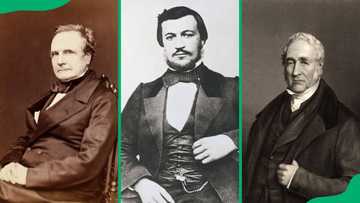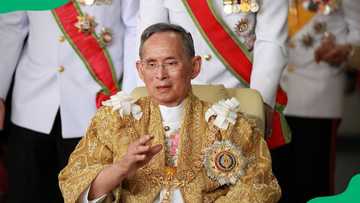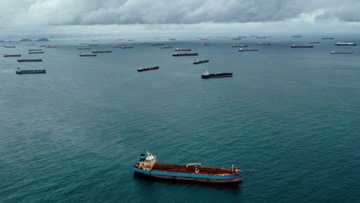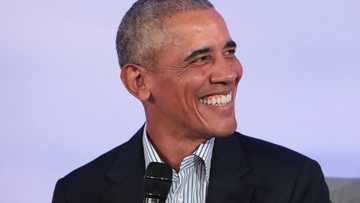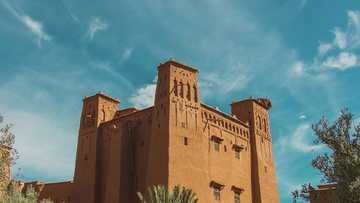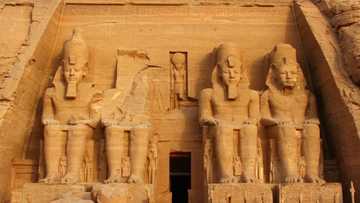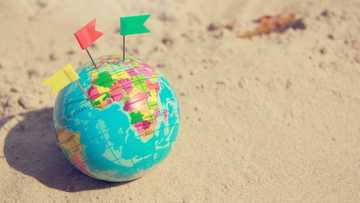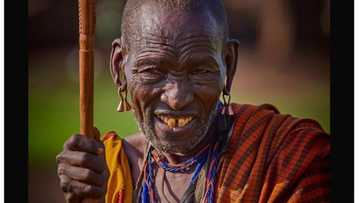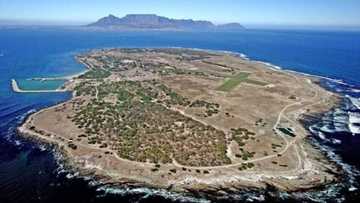17 most famous explorers ranked and their legendary routes
Throughout history, brave individuals have embarked on daring journeys across oceans and landmasses to discover the unknown. Some lost their lives along the way, but insatiable curiosity to unravel world mysteries motivated unending expeditions. This article highlights some of the most famous explorers and the routes they covered.
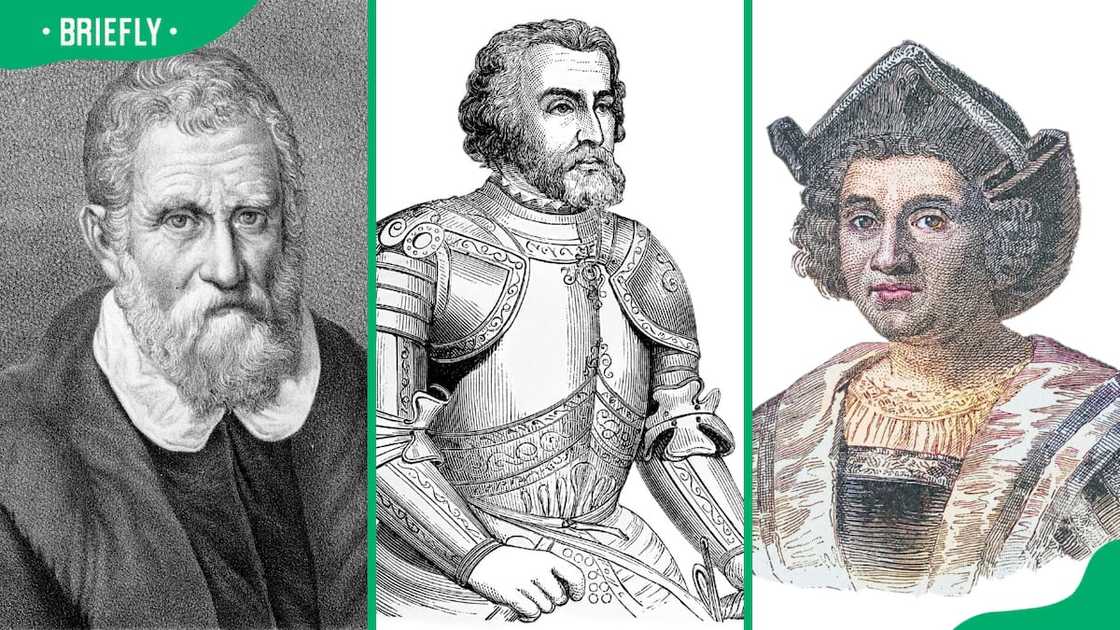
Source: Getty Images
The history of exploration spans centuries and key periods like the Ancient Exploration, the Age of Discovery, Polar Exploration, and Colonial Exploration. Advancements in technology have enabled modern-day space and deep-sea exploration.
Famous explorers in history
Exploration is an ever-evolving human endeavour driven by motives like scientific curiosity, economic interests, and territorial expansion. These 17 famous explorers made impactful expeditions that left an indelible mark on the global map.
1. Marco Polo (1254-1324)
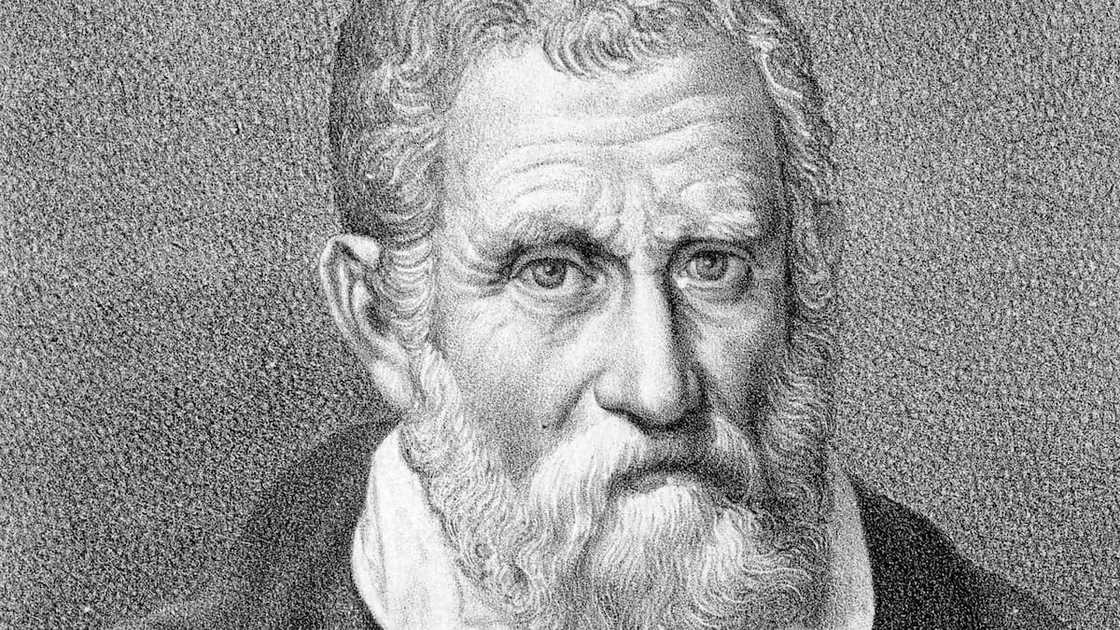
Source: Getty Images
- Route: Silk Road between Europe and Asia (1271 to 1295)
Marco Polo was a Venetian explorer, writer, and merchant who travelled along the Silk Road, a historic route connecting Europe and Asia. He reached the court of Kublai Khan, the Mongol ruler of China, in the late 13th century.
Polo spent several years in the service of Kublai Khan as he explored regions of Asia. He documented his experiences in the book Il Milione (The Travels of Marco Polo), which introduced Europeans to Asia's riches.
2. Christopher Columbus (1451-1506)
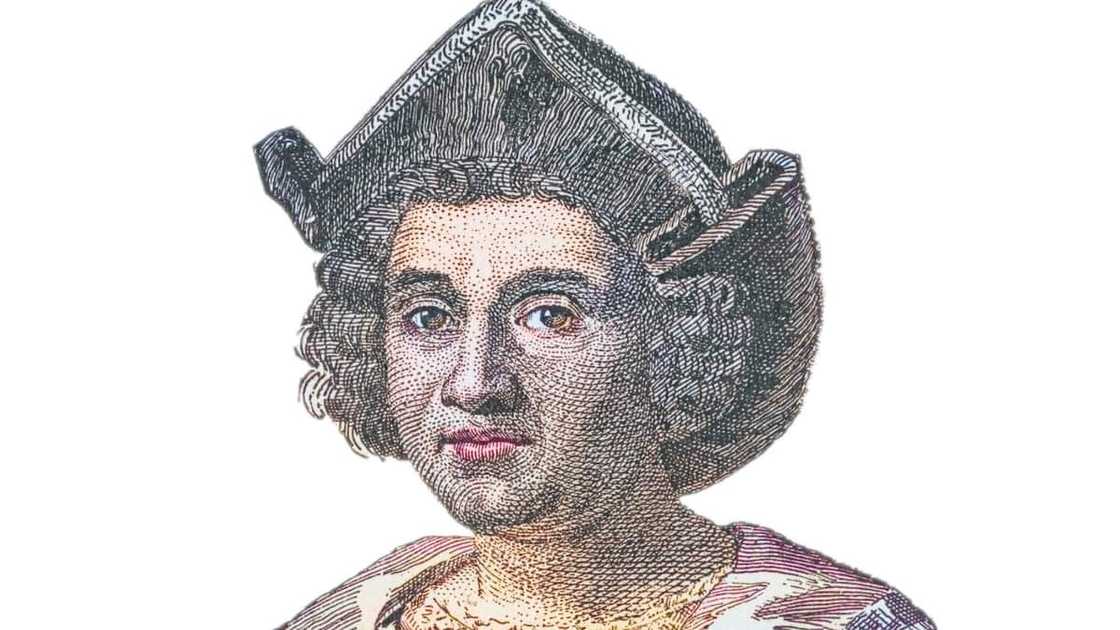
Source: Getty Images
- Route: First transatlantic voyage from Spain to the Americas in 1492
Christopher Columbus was an Italian explorer and navigator sponsored by Spain and the Catholic Monarchs. In 1492, he embarked on a historic voyage with three ships to find a westward route to Asia but instead encountered the Americas.
Columbus made four voyages across the Atlantic, believing he had reached the eastern shores of Asia. He named the indigenous people he encountered Indios (Indians). His expeditions laid the foundation for future European colonization of the Americas.
3. Ferdinand Magellan (1480-1521)
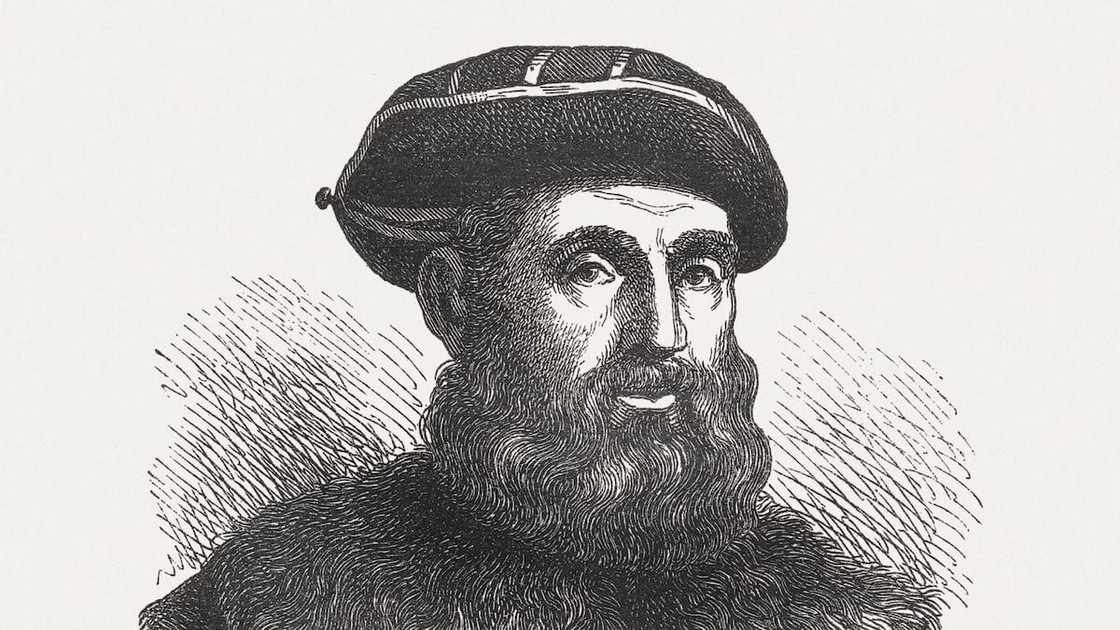
Source: Getty Images
- Route: First circumnavigation of the Earth (1519-1522)
Ferdinand Magellan was a Portuguese explorer and navigator who sailed under the flags of Spain and Portugal. He led the first expedition to circumnavigate the earth, although he passed away before completing the journey.
In 1959, Magellan left Spain with a fleet of five ships to find a westward route to the Spice Islands. He sailed around South America, through the Strait of Magellan, and across the Pacific Ocean. He was killed in the Philippines, but his fleet continued westward to Spain under the command of Juan Sebastian Elcano, accomplishing the first circumnavigation of the globe in 1522.
4. Vasco da Gama (1460-1524)
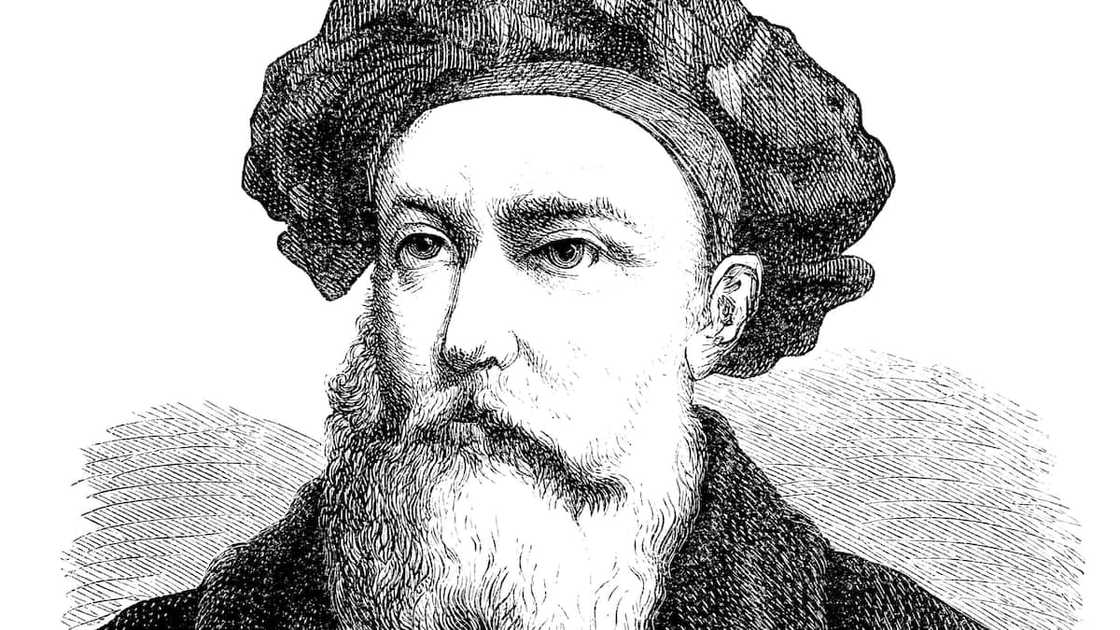
Source: Getty Images
- Route: Sea route to India, around the Cape of Good Hope (1497-1498)
Vasco da Gama was a Portuguese explorer and navigator who sailed under the flags of Spain and Portugal. Between 1497 and 1498, he led the first successful maritime journey from Europe to India.
Sailing under the sponsorship of King Manuel I of Portugal, Da Gama navigated around the Cape of Good Hope at the southern tip of Africa, opening a sea route that would later become known as the Cape Route. His expedition significantly expanded European trade with Asia.
5. James Cook (1728-1779)
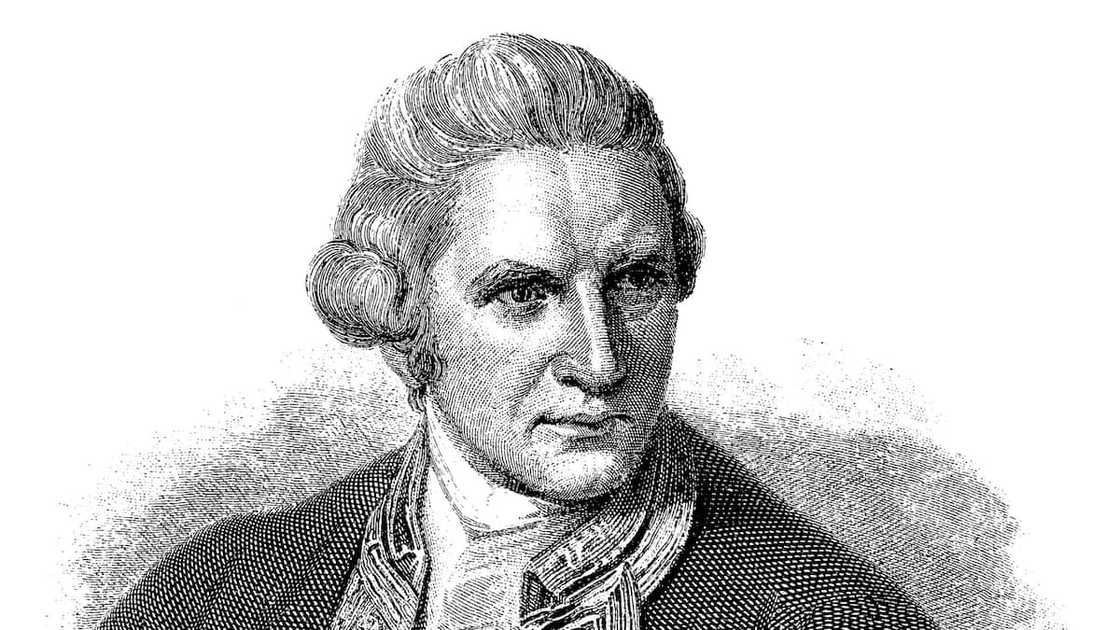
Source: Getty Images
- Route: Explored and mapped the Pacific Ocean, including Australia, New Zealand, and Hawaii
James Cook was a British naval captain, navigator, and explorer best known for his Pacific Ocean voyages. He made three major expeditions, exploring and mapping vast areas of the Pacific region.
Cook's first voyage (1768 to 1771) involved observing the transit of Venus from Tahiti and exploring the coast of New Zealand and eastern Australia. His second voyage (1772-1775) aimed to find a southern continent and further explore the South Pacific.
On his third voyage (1776-1779), Cook attempted to find the Northwest Passage, exploring the Pacific Northwest of North America. He explored Hawaii and eventually met his tragic end there in 1779.
6. John Cabot (1450-1500)
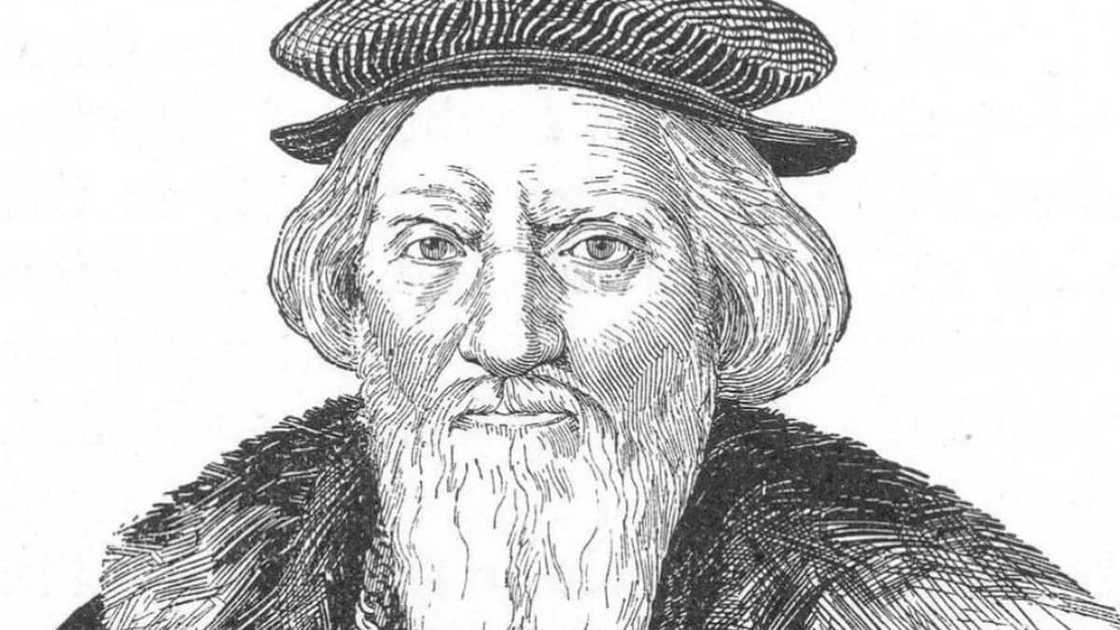
Source: Getty Images
- Route: Explored the North American coast, possibly reaching Newfoundland (now part of Canada)
John Cabot was an Italian explorer and navigator who sailed under the commission of King Henry VII of England. He made one of the earliest voyages to North America while attempting to find a shorter trade route to Asia.
When he set sail in 1497 in search of a westward route to Asia, he landed in eastern Canada. His journey marked a crucial early exploration of North America, contributing to later European interest in the region.
7. Hernán Cortés (1485-1547)
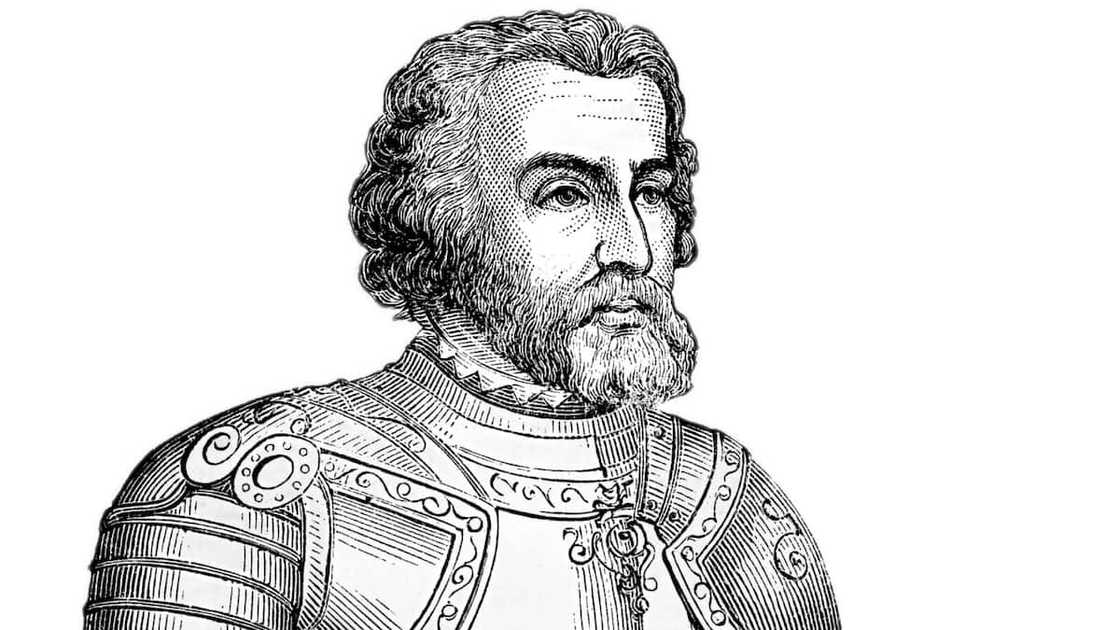
Source: Getty Images
- Route: Conquistador who led the expedition that caused the fall of the Aztec Empire in Mexico
Hernan Cortes was a Spanish conquistador known for conquering the Aztec Empire in Mexico. In 1959, he led an expedition to the Mexican mainland to explore and establish Spanish colonies.
Cortés encountered the powerful Aztec civilization ruled by Moctezuma II. Through military tactics, alliances with indigenous groups opposed to the Aztecs, and technological advantages, Cortés successfully overthrew the Aztec Empire in 1521.
Hernan Cortes' accomplishments included overseeing the early years of Spanish colonization in the Americas. However, his legacy remains controversial due to the brutality of the Mexican conquest and the destruction of indigenous cultures and civilizations.
8. David Livingstone (1813-1873)
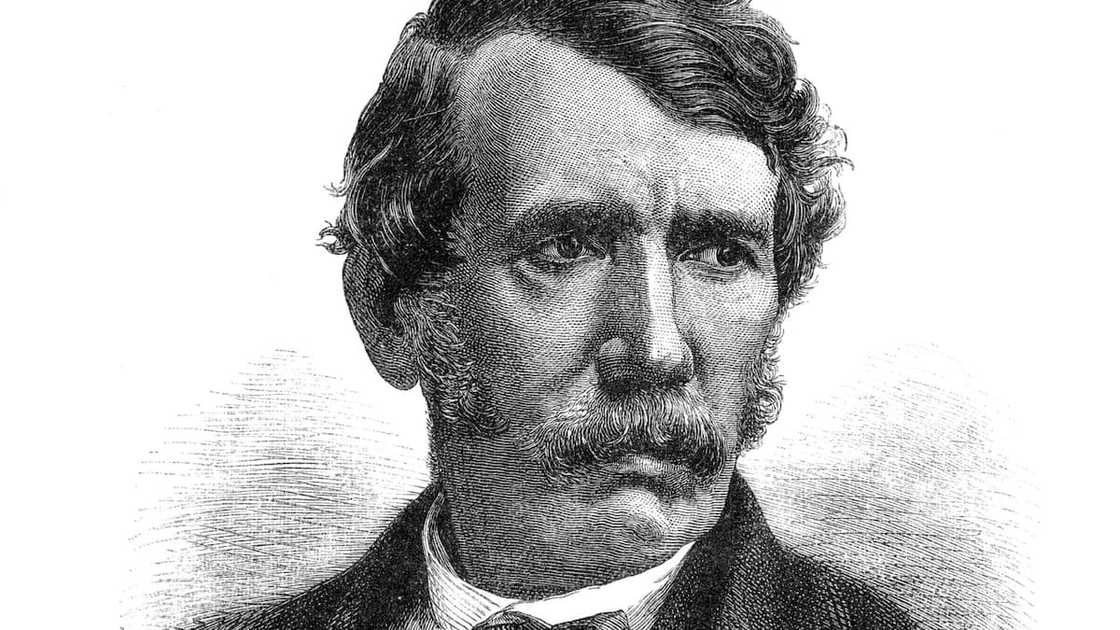
Source: Getty Images
- Route: Explored and mapped parts of Africa
David Livingstone was a Scottish explorer and missionary focused on exploring Africa while promoting Christianity and commerce. One of his notable expeditions began in 1852 when he set out to find the source of the Nile River.
He failed to find the source of the Nile River, but his exploration of Central and Southern Africa led to the discovery of Victoria Falls. He also journeyed across the Kalahari Desert and explored the Zambezi River, the Congo River, and Lake Tanganyika.
9. Meriwether Lewis (1771-1809) and William Clark (1770-1838)
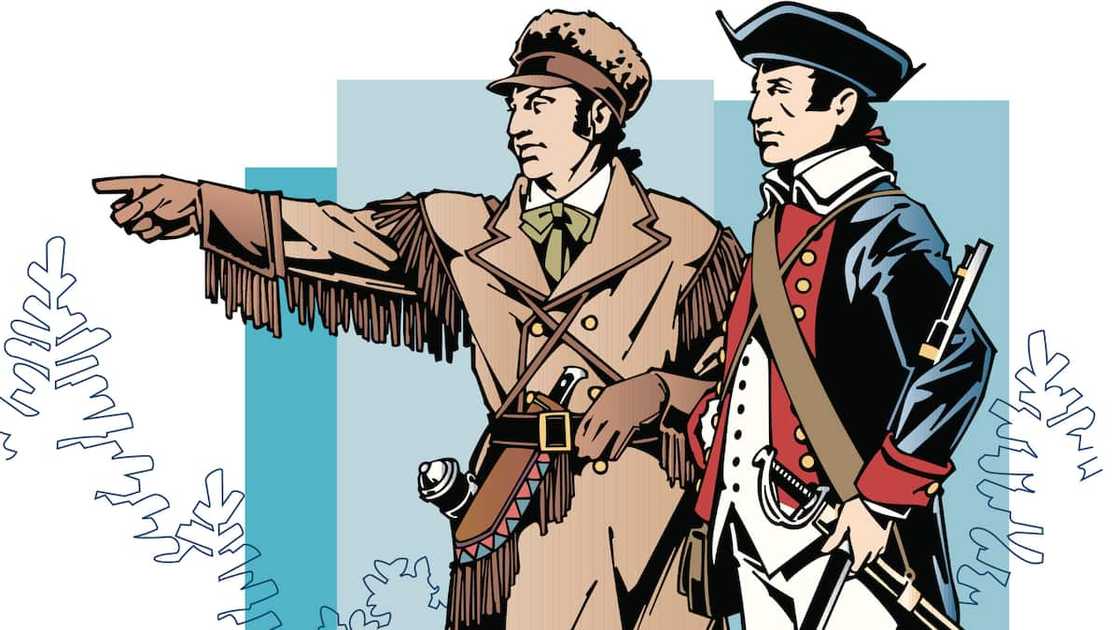
Source: Getty Images
- Route: Lewis and Clark Expedition (1804-1806) across the western portion of the United States
Meriwether Lewis and William Clark were American explorers best known for leading the Lewis and Clark Expedition (1804-1806), a historic exploration commissioned by President Thomas Jefferson. Their primary objective was to explore the newly acquired Louisiana Purchase and find a water route to the Pacific Ocean.
The expedition began in St. Louis and followed the Missouri River, crossing the Rocky Mountains and eventually reaching the Pacific Coast. Lewis and Clark documented their journey, collecting valuable scientific and geographic information about the uncharted territories.
10. Zheng He (1371-1433)
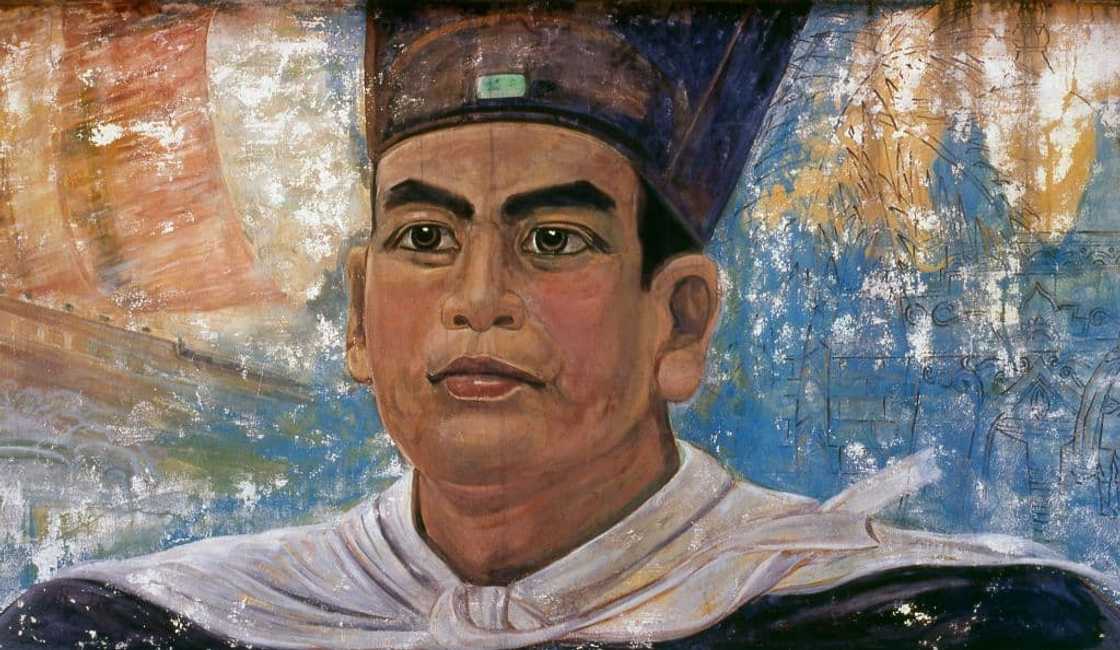
Source: Getty Images
- Route: Voyages to Southeast Asia, South Asia, the Middle East, and Africa (1405 and 1433)
Zheng He was a Chinese mariner, explorer, and admiral during the Ming Dynasty and is best remembered for his legendary maritime voyages. His most notable expedition was the Seven Treasure Fleets, conducted between 1405 and 1433.
Leading massive fleets of treasure ships and support vessels, Zheng He's voyages covered extensive areas, including Southeast Asia, South Asia, the Indian Ocean, the Persian Gulf, the Red Sea, and the east coast of Africa.
These expeditions aimed to showcase China's power, establish diplomatic ties, and promote trade, contributing to the expansion of Chinese influence and the development of the Maritime Silk Road.
11. Sir Francis Drake (1540-1596)
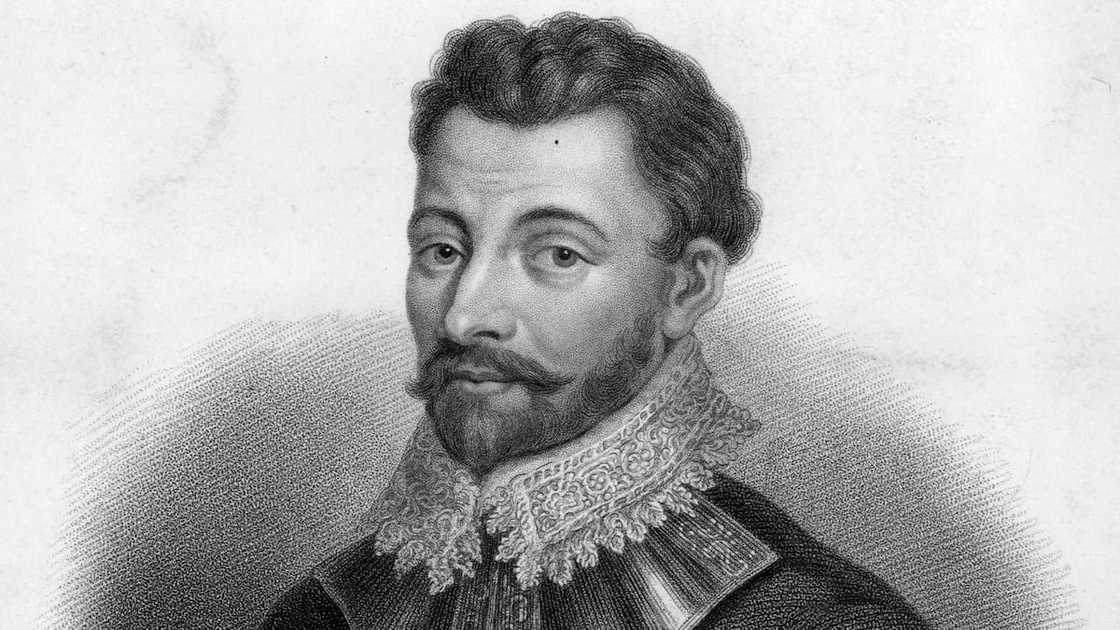
Source: Getty Images
- Route: Circumnavigation of the globe (1577-1580)
Sir Francis Drake was an English sea captain, privateer, and explorer. He is best known for his circumnavigation of the earth and his role in naval conflicts during the Elizabethan era.
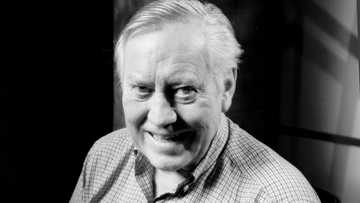
Read also
Charles Feeney: Remarkable story of the billionaire who's donating all his wealth to die broke
In 1577, Francis began his voyage around the globe to disrupt Spanish shipping and explore unknown territories. He sailed aboard the Golden Hind, traversing the Atlantic Ocean, exploring the western coast of South America, crossing the Pacific, and navigating the Indian Ocean.
12. Roald Amundsen (1872-1928)
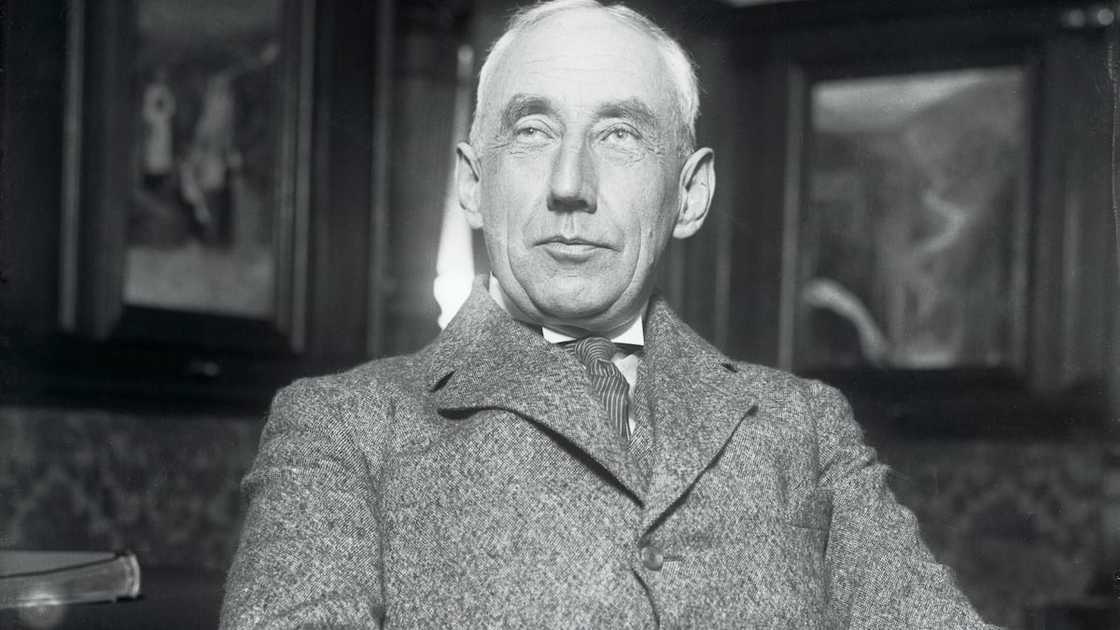
Source: Getty Images
- Route: First to reach the South Pole in 1911
Roald Amundsen was a Norwegian explorer of polar regions. He became the first person to reach the South Pole on December 14, 1911. He also became the first person to make a ship voyage through the Northwest Passage.
13. Richard Francis Burton (1821-1890)
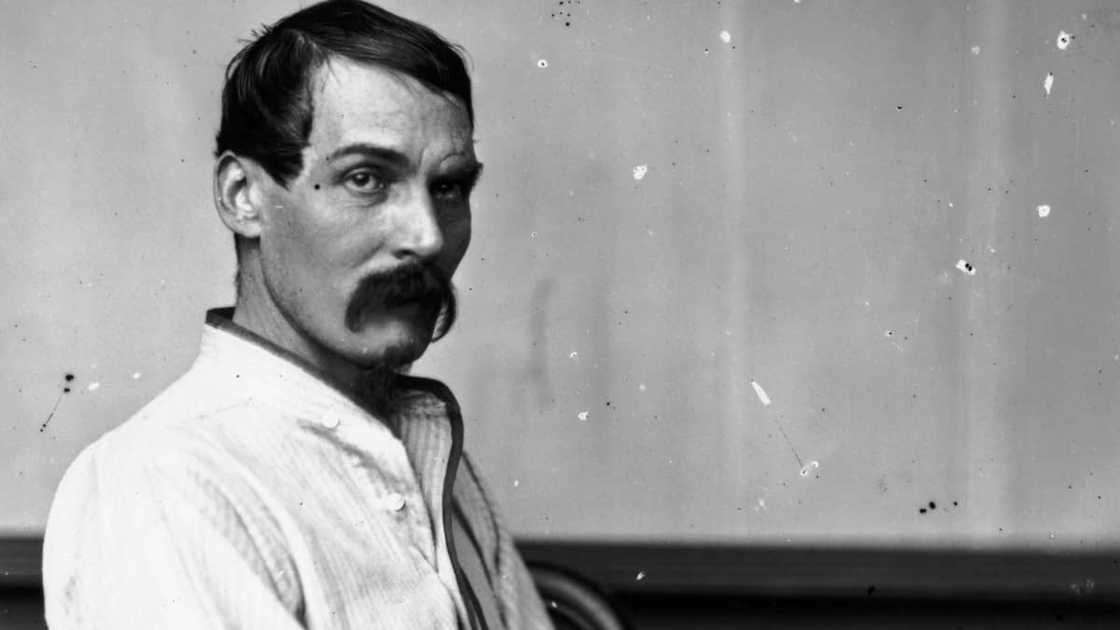
Source: Getty Images
- Route: Explored Africa, the Middle East, and India, including the search for the source of the Nile
Richard Francis Burton was an English explorer, linguist, and adventurer known for his extensive travels in Africa, the Middle East, and South Asia. He was interested in different cultures, languages, and religions, which helped him contribute to translation and ethnography.
One of Burton's notable journeys was his pilgrimage to Mecca in 1853, which he undertook in disguise, providing detailed observations of the Islamic holy city. He also explored East Africa, seeking the source of the Nile River, and ventured into the Indian subcontinent.
14. Erik the Red (950-1003)
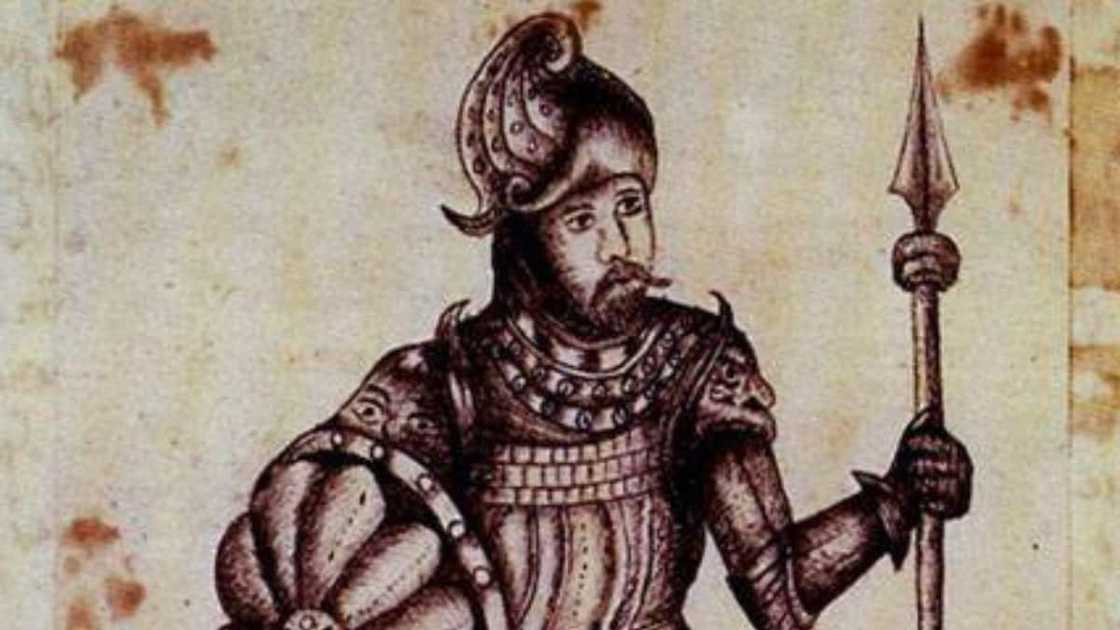
Source: Getty Images
- Route: Explored and settled Greenland
Erik the Red was a Norse explorer known for founding the first European settlement in Greenland. Facing exile from Iceland due to a homicide, Erik sailed westward and discovered Greenland.
Around 985, he established the first Norse settlement on the island, which he named Greenland to attract settlers. The success of his settlement paved the way for further Norse exploration in the region, contributing to the Viking Age expansion.
15. Abel Tasman (1603-1659)
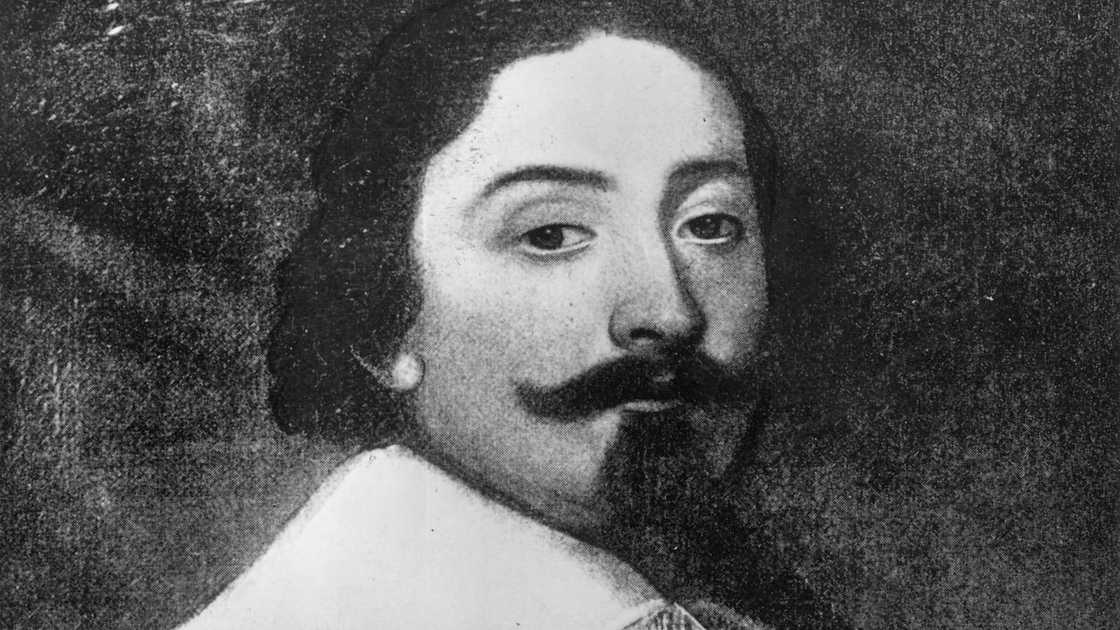
Source: Getty Images
- Route: Explored and mapped parts of Australia, New Zealand, and the islands in the South Pacific
Abel Tasman was a Dutch explorer and seafarer known for his significant contributions to the Age of Discovery. In 1642, he went on an expedition commissioned by the Dutch East India Company, becoming the first European to reach the island now known as Tasmania. Tasman also explored parts of the Australian coastline and discovered New Zealand in 1642-1643.
16. Sir Ernest Shackleton (1874-1922)
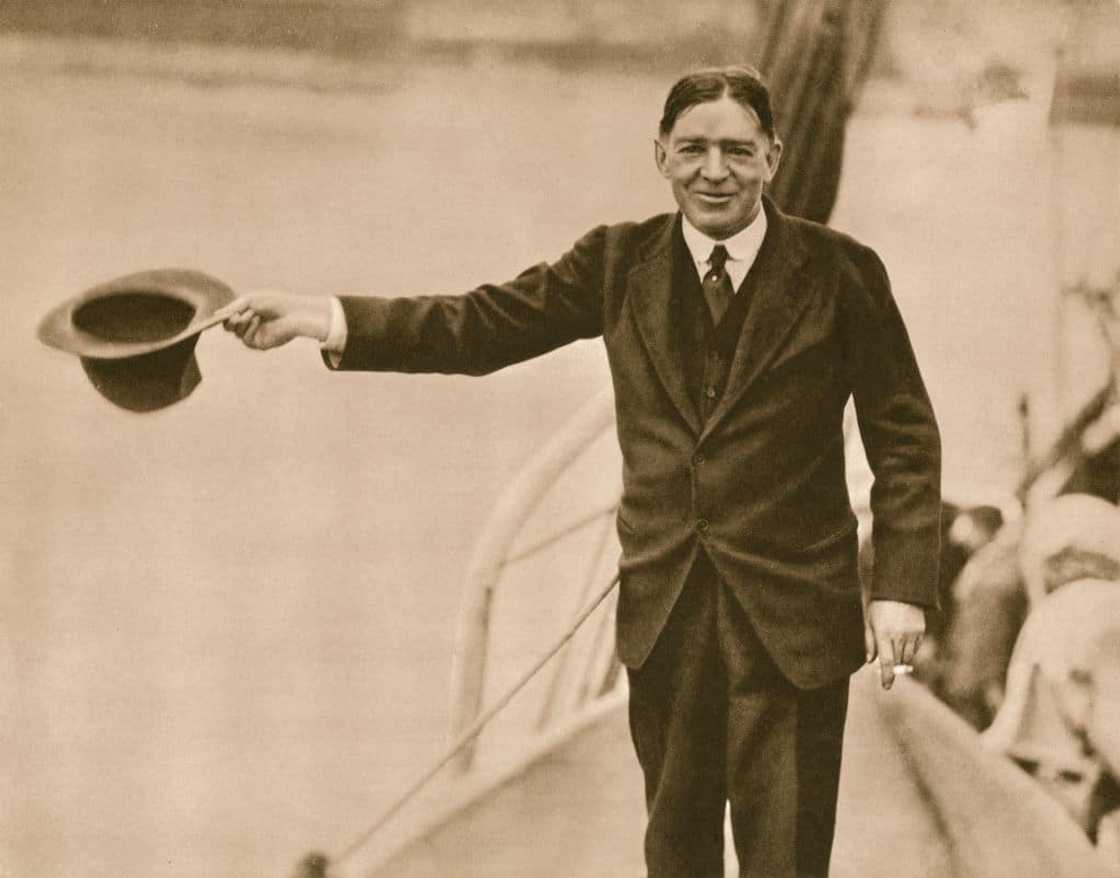
Source: Getty Images
- Route: Explored Antarctica, notably during the Imperial Trans-Antarctic Expedition
Sir Ernest Shackleton was a British explorer known for his Anglo-Irish Antarctic expeditions. One of his most famous voyages was the Imperial Trans-Antarctic Expedition of 1914-1917.
Shackleton and his crew aimed to cross the Antarctic continent, but their ship, the Endurance, was trapped in the ice and eventually sank in the Weddell Sea off Antarctica in November 1915. He ensured the survival of his entire crew through a series of daring and resourceful actions.
After the shipwreck, he and his men endured harsh conditions on floating ice before reaching Elephant Island. Shackleton then undertook an open-boat journey with a small crew to South Georgia Island, where they ultimately found rescue for the entire crew.
17. Alexander von Humboldt (1769-1859)
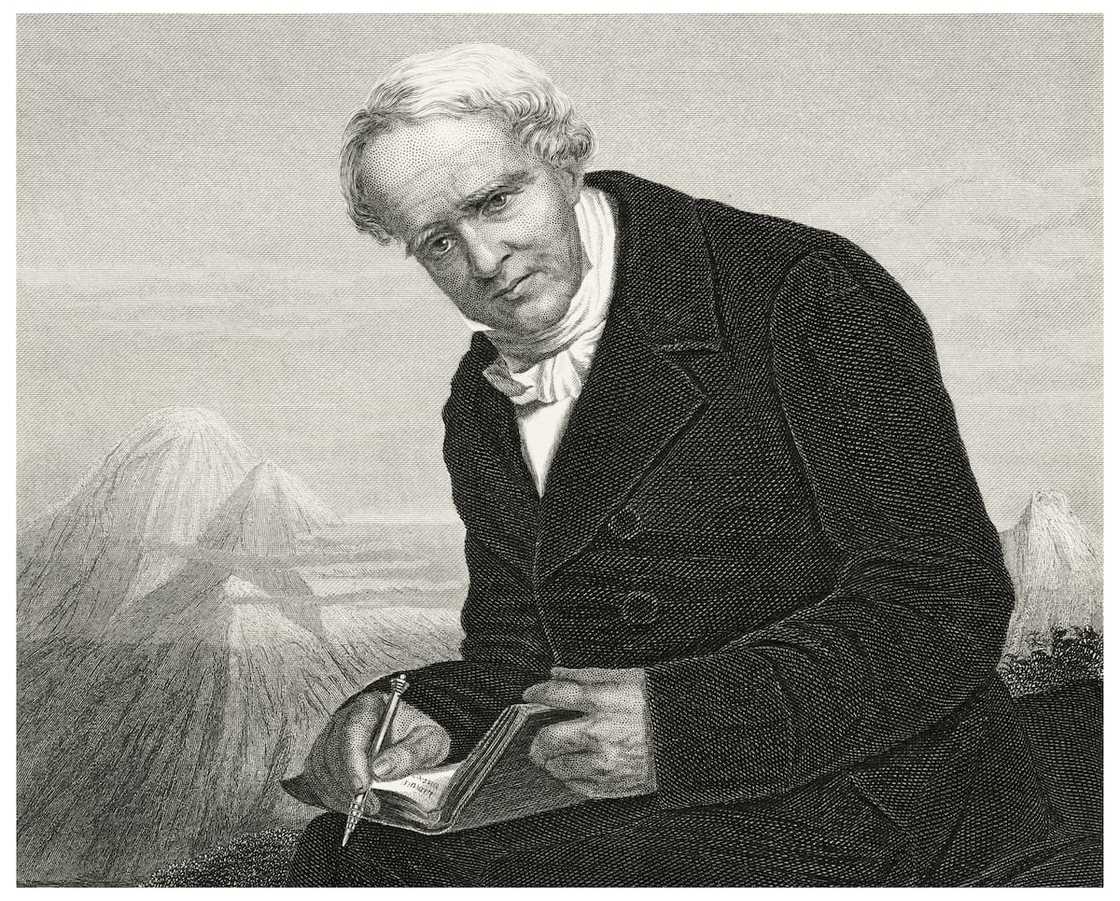
Source: Getty Images
- Route: Multiple continents, including South America, Mexico, and the United States
Alexander von Humbolt was a German naturalist, geographer, polymath, and explorer. His work laid the foundation for modern physical geography and ecology. He undertook a groundbreaking five-year scientific expedition from 1799 to 1804 to explore the Americas.
Humboldt extensively studied the diverse ecosystems, geology, and indigenous cultures of Venezuela, Colombia, Ecuador, Peru, and Mexico. His observations in the Andes Mountains, exploration of the Orinoco River, and studies of vegetation zones, along with his subsequent visits to Cuba and the United States, contributed to a profound understanding of the interconnectedness of nature.
What famous explorers travelled up the Missouri River and to the Pacific Ocean?
Explorers Meriwether Lewis and William Clark travelled up the Missouri River and reached the Pacific Ocean. Their voyage, famously known as the Lewis and Clark Expedition or Corps of Discovery, was commissioned by President Thomas Jefferson in 1804.
Who was the first woman to travel around the world?
The first woman to circumnavigate the globe was Jeanne Baret (1740-1807), a French botanist. In 1766, Baret disguised herself as a man named Jean and joined the French expedition led by Louis Antoine de Bougainville. She was a valet and assistant to the expedition's naturalist, Philibert Commerson.
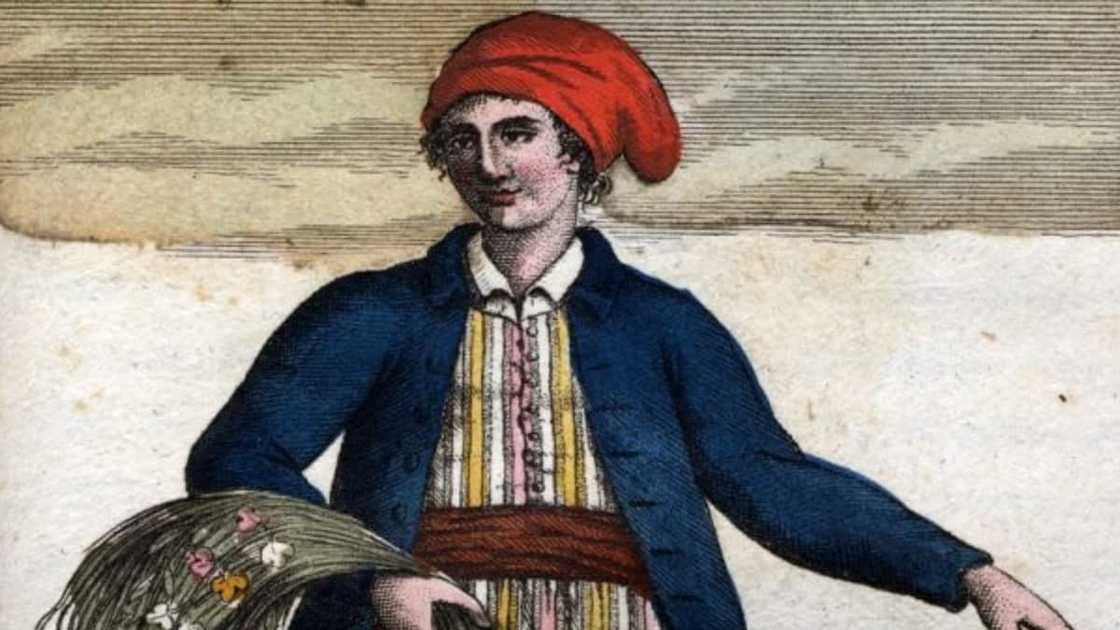
Source: UGC
Who was the first explorer in East Africa?
The first explorer to penetrate East Africa from the Indian Ocean was German missionary Johannes Rebman with his associate Johann Ludwig Krapf. The two were the first Europeans to see Mt Kenya and Mt Kilimanjaro.
Who were the major explorers from the Age of Exploration?
The Age of Exploration, also called the Age of Discovery (15th to 17th centuries), had significant players from European nations. Key explorers during the period include;
- Christopher Columbus (1451-1506) from Spain
- Ferdinand Magellan (1480-1521) from Portugal
- John Cabot (1450-1500) from Italy
- Amerigo Vespucci (1454-1512) from Italy
- Vasco da Gama (1460-1524) from Portugal
- Hernán Cortés (1485-1547) from Spain
- Francisco Pizarro (1475-1541) from Spain
- Henry Hudson (1565-1611) from England
- Sir Walter Raleigh (1552-1618) from England
- James Cook (1728-1779) from Britain
Are there any famous female explorers?
There have been many accomplished female explorers throughout history. The most notable ones include:
- Jeanne Baret (1740-1807): The first woman to circumnavigate the world
- Gertrude Bell (1868-1926): She explored and mapped significant portions of the Middle East, especially the Arabian Desert.
- Amelia Earhart (1897-1937): An American aviator and the first woman to fly solo across the Atlantic Ocean
- Sacagawea (1788–1812): A Shoshone woman who accompanied the Lewis and Clark Expedition in the early 19th century, serving as an interpreter and guide
- Alexandrine Tinne (1835-1869): A Dutch explorer who travelled extensively in Africa and was the first European woman to attempt to cross the Sahara Desert
- Nellie Bly (1864-1922): An American journalist who pioneered investigative reporting. She is best known for her record-breaking trip around the world in 72 days.
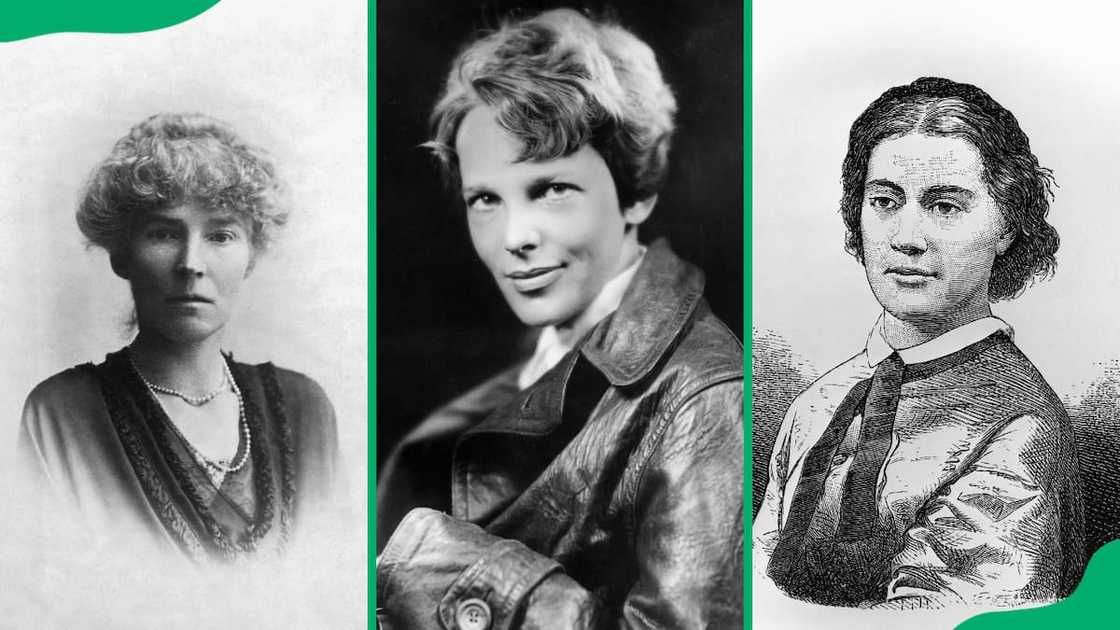
Source: Getty Images
The highlighted famous explorers above have helped shape people's understanding of the Earth. Exploration remains an enduring human pursuit today.
READ ALSO: What is the longest river in South Africa? Top 10 list
Briefly.co.za shared all you need to know about South Africa's longest rivers. The country has a diverse river system, with major rivers flowing from different regions.
Key rivers in South Africa include the Orange, Limpopo, Vaal, Tugela, and others. Their water supply is crucial in supporting the ecosystem, agriculture, hydropower, recreation, and transportation.
Source: Briefly News

